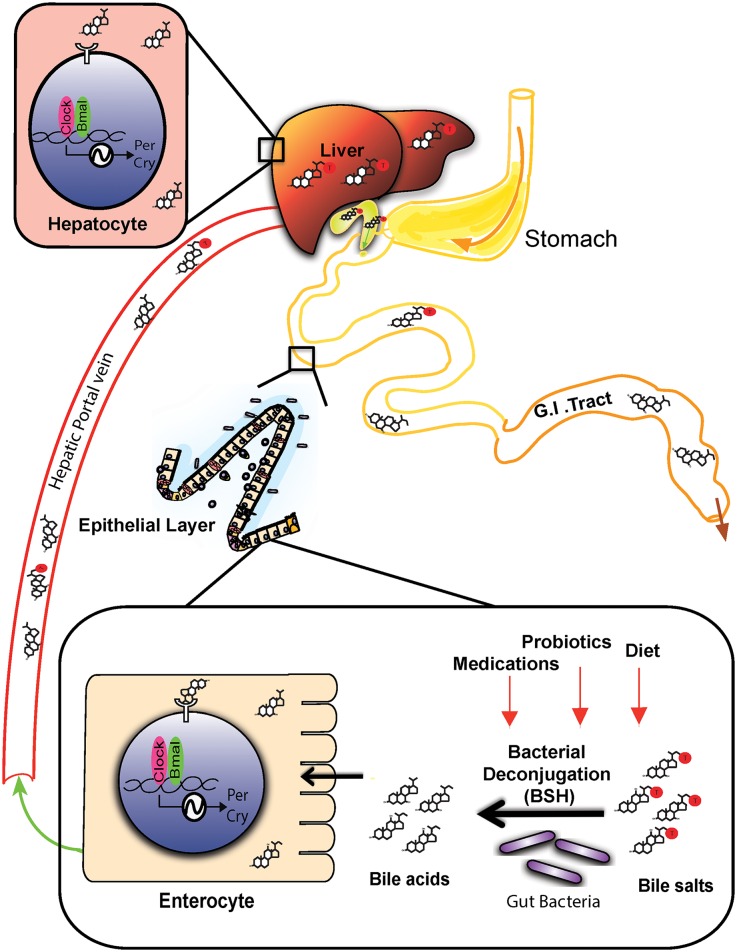Fig 5. Model by which microbially-modified bile acids may influence expression of circadian genes.
Bile acids are synthesised from cholesterol and conjugated with taurine or glycine in the liver and stored in the gall bladder. Upon food intake, the bile salts are released into the duodenum and aid in fat digestion and adsorption. Gut microbes in the intestinal lumen deconjugate bile salts to yield unconjugated bile acids. Recent work from other groups has demonstrated that diet, antibiotics and probiotics may influence this microbial activity (see discussion). Within the ileal enterocytes, unconjugated bile acids influence the amplitude and periodicity of circadian gene expression. Nearly 95% of bile salts and bile acids are reabsorbed in the terminal ileum and transported back to the liver via the hepatic portal circulation. Upon reaching the liver, the bile acids further influence circadian gene expression profiles.

